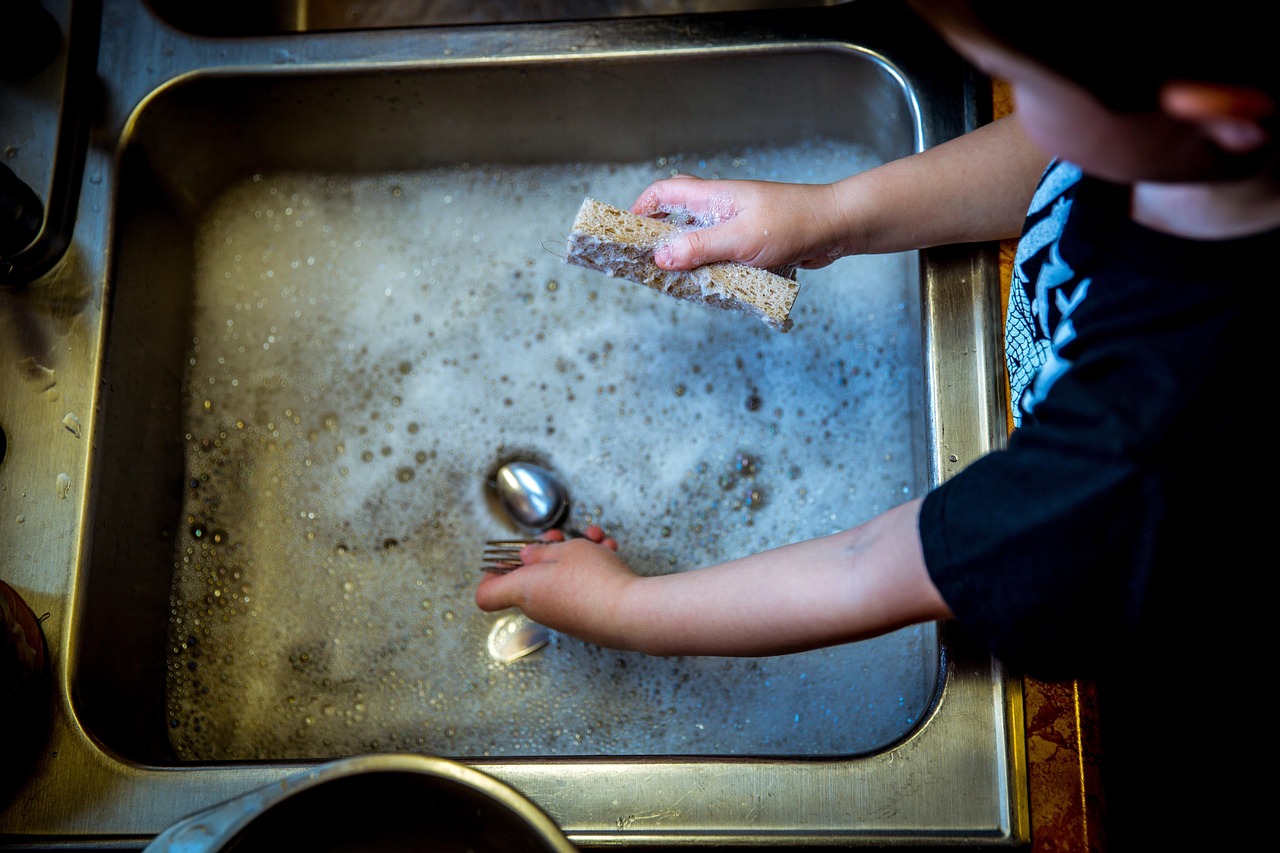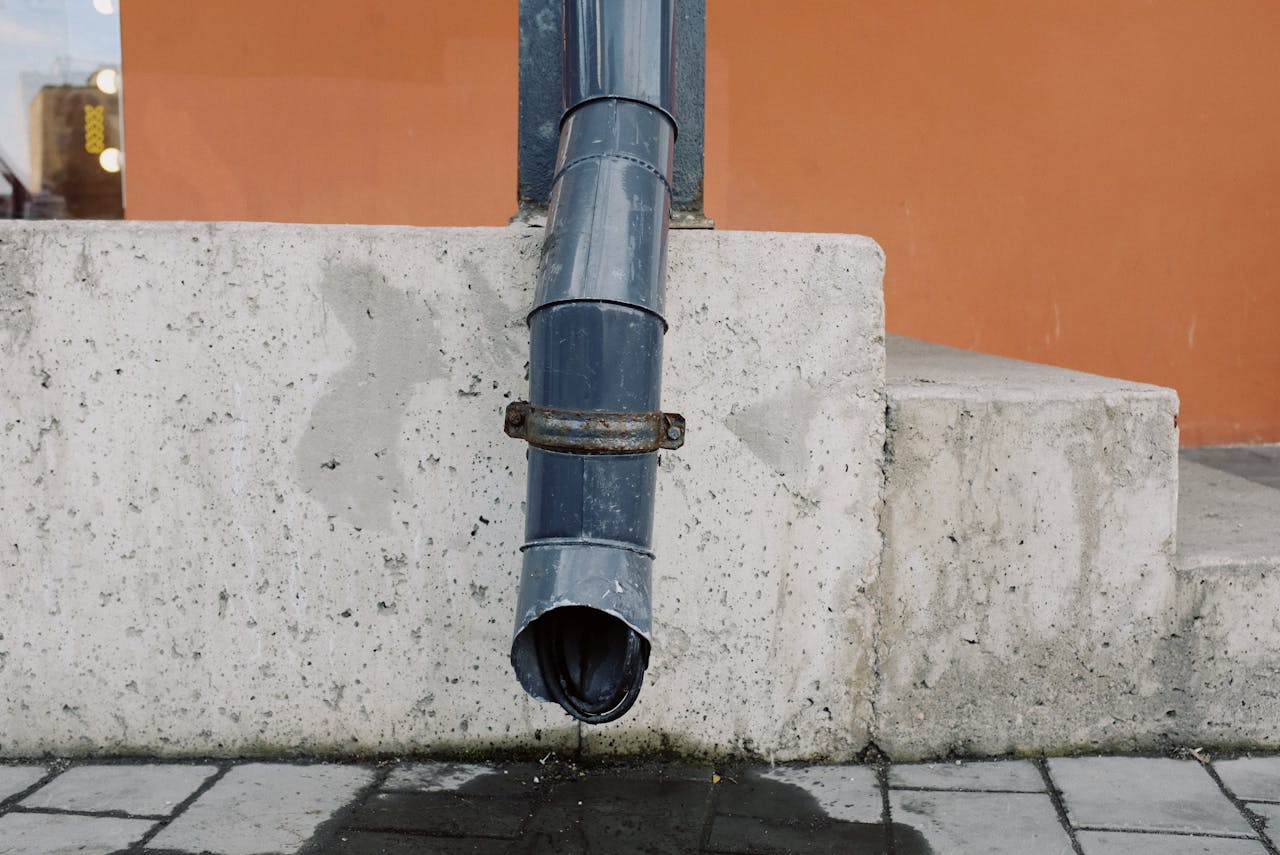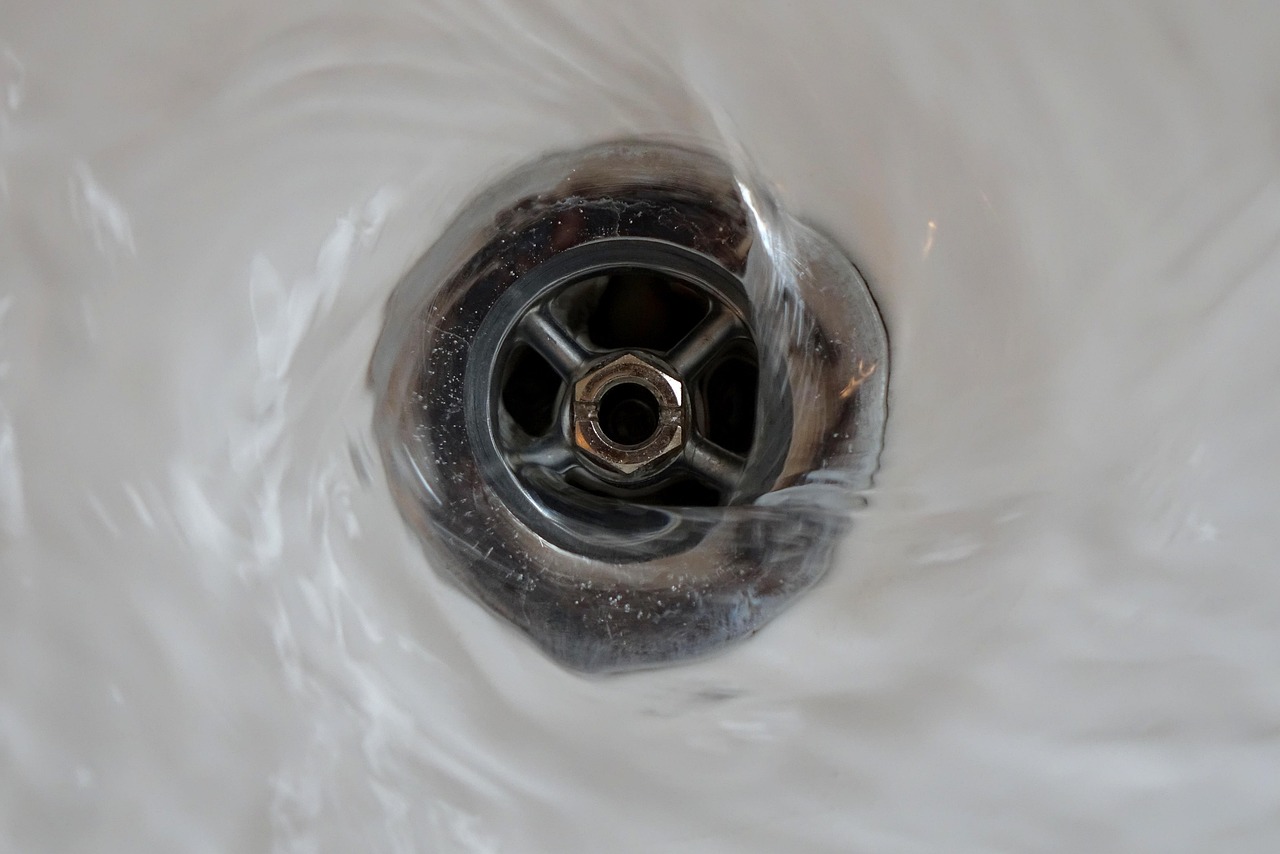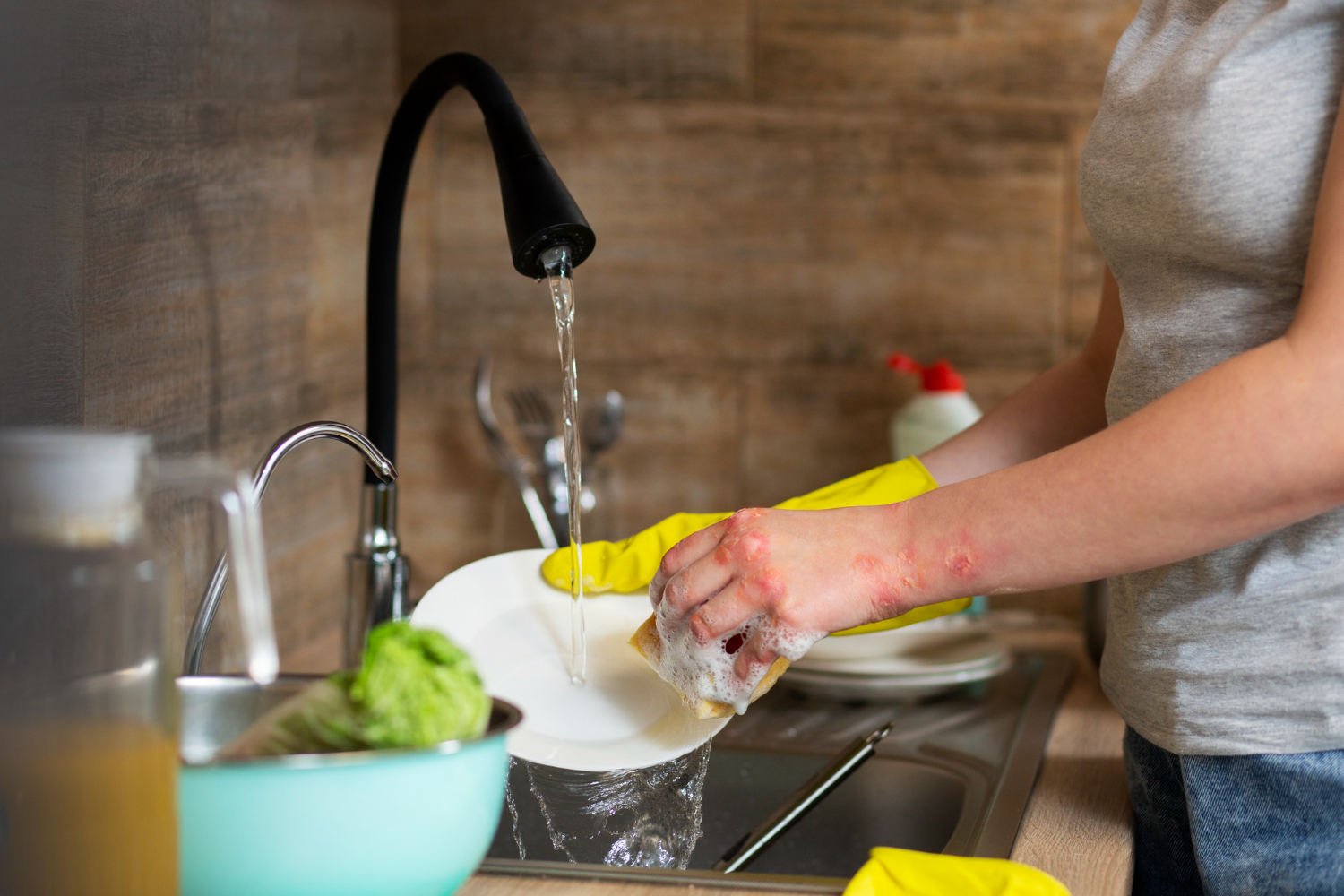Late autumn is rough on drains. Leaves and twigs choke outside gullies while kitchen sinks send a steady stream of fat, oil, and tiny food scraps toward cold pipes. Add a week of heavy rain and everything slows, gurgles, or stops. The fix people reach for is usually a harsh chemical. You do not need it. A kettle of boiling water and a good squeeze of dish soap will often clear the mess safely and fast.
Here’s the thing. Grease does not stay liquid once it hits a chilly pipe. It cools, hardens, and traps whatever else is passing by. That gluey buildup is the start of a blockage, especially in outdoor runs that collect garden debris. The smart move in November is preemptive care plus a simple reset when flow stalls. Done right, the mix of heat and surfactants loosens hardened fat and lets the drain breathe again.
Why This November Trick Works

Dish soap is built to break surface tension so water can cut through grease. When you pair it with boiling water, you get heat to soften congealed fat and surfactants to disperse it into tiny droplets. Those droplets move along instead of clinging to pipe walls, which restores flow without caustic chemicals.
November matters because temperature drops speed up fat solidifying in external sections of pipe. Rain also washes yard debris into gullies that connect to kitchen lines. A quick dish soap flush after stormy days reduces the chance that new scraps will snag on old buildup and form a plug.
The FOG Problem
FOG stands for fat, oil, and grease. Hot bacon drippings or buttery sauces may slide down the sink looking harmless, but they do a quiet U-turn when they hit cooler runs. The residue becomes a sticky layer that grows with every meal.
As that layer thickens, it grabs rice grains, coffee grounds, and soap scum. Outside drains take a second hit from mud and leaf particles. Over time you get a stubborn ring that narrows the pipe. Two storms and a holiday roast later, the line clogs.
The result is slow drainage, gurgling, or water backing up at the gully. Left alone, it can harden into a near-solid mass. That is why a heat-and-soap flush is so useful right now. It targets the material responsible for most household blockages and moves it on.
Think of it as maintenance, not magic. It works best on soft or early buildup. If you have a years-old fatberg, you will need mechanical help.
When To Use It And When Not To

Use this method only on drains that are connected to your kitchen sink or other foul water lines. That is where grease lives, and that is where dish soap belongs. If you are dealing with a drain that takes only roof or yard runoff, step away. Soap in storm drains can harm streams and wildlife.
If you are unsure which is which, look for clues. Kitchen-linked gullies often sit near the sink wall and may smell faintly of food waste when opened. Storm drains are usually under downpipes and stay clean of food residue. When there is any doubt, ask a local plumber or your water provider before you pour.
Step-By-Step: Boiling Water + Dish Soap

Boil a full kettle. Meanwhile, squeeze a generous line of dish soap directly into the gully or sink. Aim for enough to slick the inside of the pipe. This is one of the two shorter steps. Keep it simple and steady.
Pour the boiling water slowly over the soap, pausing every few seconds. The goal is contact time so heat can soften the fat and the soap can emulsify it. Repeat with a second kettle if flow is still sluggish. This is the second shorter step. Short, but do not rush the pour.
If you can access a trap or gully cover safely, open it and check whether water is moving. A gentle swirl is a good sign. If standing water remains after two rounds, give it one more pass with fresh soap and boiling water.
Finish by running hot tap water for a minute. That final push carries loosened residue down the line instead of letting it re-settle. Wipe any visible FOG from strainers or baskets and bin it, never the sink.
Make It Eco Smarter
Choose a plant-based dish soap without harsh additives if possible. You get the same surfactant action with fewer downstream impacts. The point is to emulsify kitchen fats, not send extra chemicals into the system.
Time your flushes after heavy rain or a big cooking weekend. Small, regular interventions prevent the ring from rebuilding. Pair this with a sink strainer and a jar for cooled cooking fat. Bin the jar when full.
Prevention After You Clear It

Scrape plates into the trash before rinsing. Catch coffee grounds and rice with a fine mesh strainer. These tiny bits love to lock onto grease films and start the next clog. A clean start buys you weeks of smooth flow.
Make a habit of wiping greasy pans with a paper towel before washing. That single step removes most of the FOG load. Once a month, run a kettle-and-soap flush as insurance, especially in colder months.
What To Do If It Fails
If water still pools, you likely have a compacted blockage, tree root intrusion, or a structural issue like a sagging pipe. At that point a drain rod, wet vac, or professional jetting may be necessary. Do not keep pouring products in and hoping.
Watch for warning signs that warrant a pro. Repeated backups, foul smells indoors, or gurgling in multiple fixtures suggest a problem beyond grease. A camera inspection can spot broken joints or root ingress before it becomes a bigger repair.
Sources
Before you try any fix, check local guidance and weather advisories. Knowing whether a line is foul water or storm water matters for both results and the environment. The sources below outline the method, the FOG issue, and seasonal context.
These references explain why heat and surfactants help, when to avoid storm drains, and how cold snaps and heavy rain aggravate blockages. They also offer practical maintenance tips you can adopt year round.


